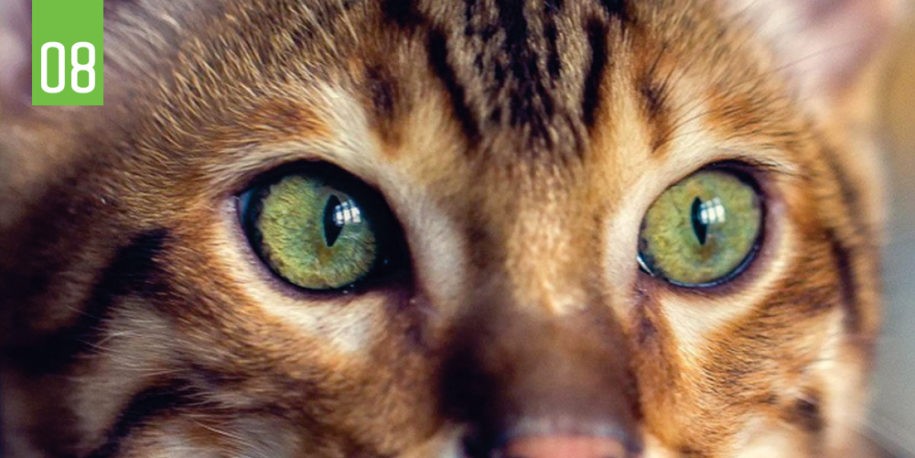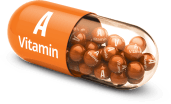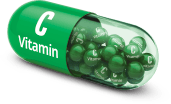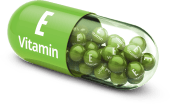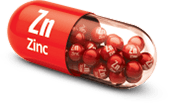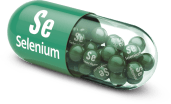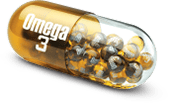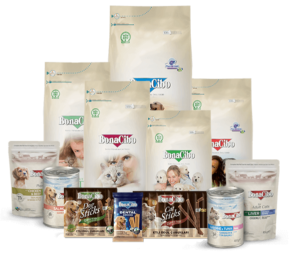Vision Health
Whether hunting, climbing, or just playing, our pets rely greatly on good vision in order to fulfil active and enjoyable lives.
Whilst, as owners, we can often detect deterioration in other senses, such as hearing, it is difficult for us to determine when our companions’ sight begins to deteriorate.
So it is particularly important to maximise nutritional support throughout their lives. As with ourselves, aging causes changes in the anatomy of the eye, as well as increasing the incidence of sight-related diseases, and nutrition can play an important role in reducing the risk.
A number of clinical studies have shown that long chain omega-3 fatty acids are essential for normal vision development in cats and dogs.
During gestation, whilst the embryo is developing, the omega-3 status of the mother is important for the early development of optic tissues and nerves.
These long chain omega-3 fatty acids, such as DHA and EPA, are mainly found in fish oil and some algae, and are essential for the integrity of the outer sheaths surrounding the optic nerve.
This nerve relays images from the eye to the brain and so sub-optimal levels of omega-3 can result in poor transmission of these signals, leading to blurred vision.
Also, several studies suggest omega-3 fatty acids may help protect adult eyes from degeneration and driness.
Essential fatty acids also may help proper drainage of intraocular fluid from the eye, decreasing the risk of high eye pressure and cataracts.

VITAMINS
Vitamins are closely involved in the maintenance and protection of sight.VITAMIN A
The A vitamin helps the retina, cornea, and other eye tissues to function properly and provide necessary pigmentation. It is also known for helping with night vision, by maximising the sensitivity of the retina to light.VITAMIN C
This antioxidant vitamin helps to protects sensitive tissues against attack by aggressive free radical compounds, which are by-products of metabolism. This helps to reduce the risk of developing cataracts and slows the progression of age related degeneration.VITAMIN E
This is another powerful antioxidant that also protects cells of the eyes from the damage caused by free radicals. It also works in combination with selenium at a cellular level.TRACE MINERALS
ZINC
This essential trace mineral helps bring vitamin A from the liver to the retina in order to produce melanin, a protective pigment in the eyes.SELENIUM
Selenium is an important component of the antioxidant enzyme glutathione peroxidase, which is found in the eye. Although its role in vision is not fully understood, trials have shown that reduced selenium status has been associated with retinal degeneration.FATTY ACIDS
TAURINE
No discussion on visual development would be complete without mentioning taurine. Taurine has a similar structure to an amino acid but is not part of any poly-peptide protein chain. It is produced within the body of most animals from the sulphur amino acids, methionine and cystine however, cats have evolved without the necessary enzymes to do so in sufficient quantities. The importance of taurine in visual development was first shown in 1975 (Hayes et al) when a deficiency was associated with central retinal degeneration. Cats that are fed diets deficient in taurine often have no initial clinical signs however, as the disease progresses, the cat may be reluctant to go outside or jump up onto objects. Commercial cat foods are now routinely supplemented with taurine to avoid deficiencies, with higher levels incorporated into foods for young kittens.

